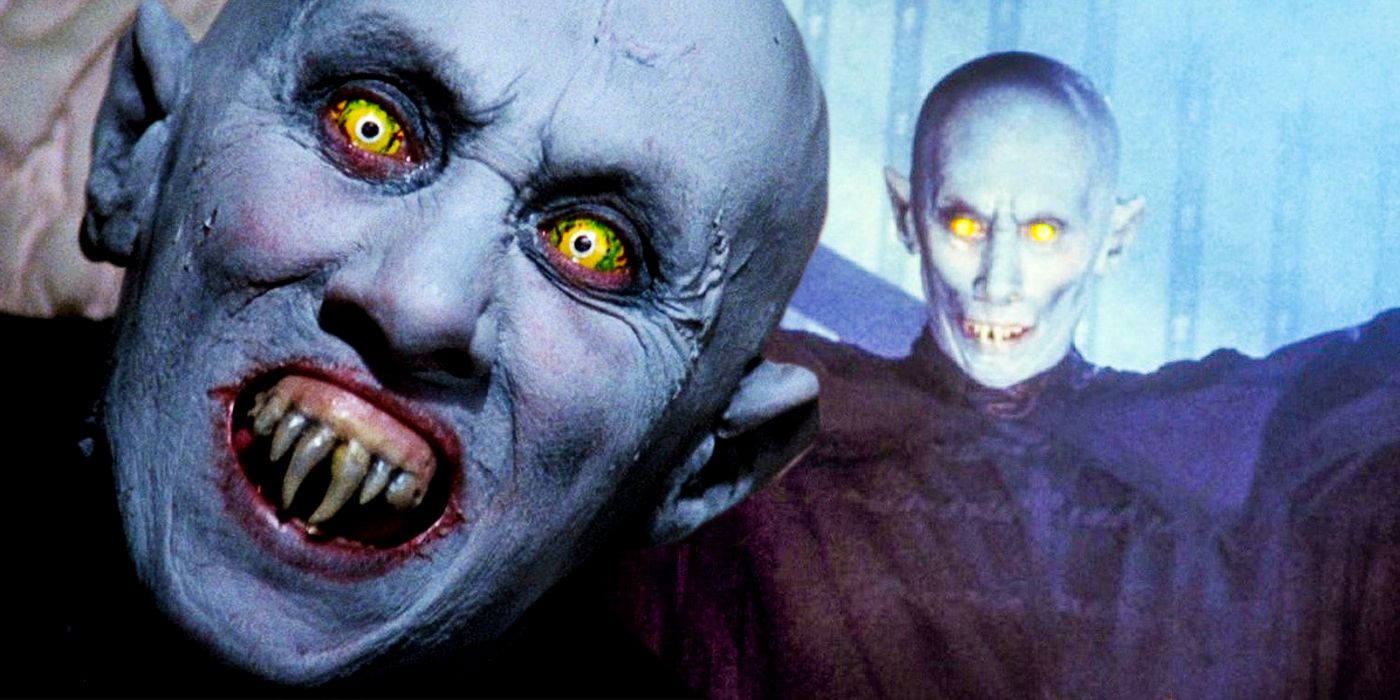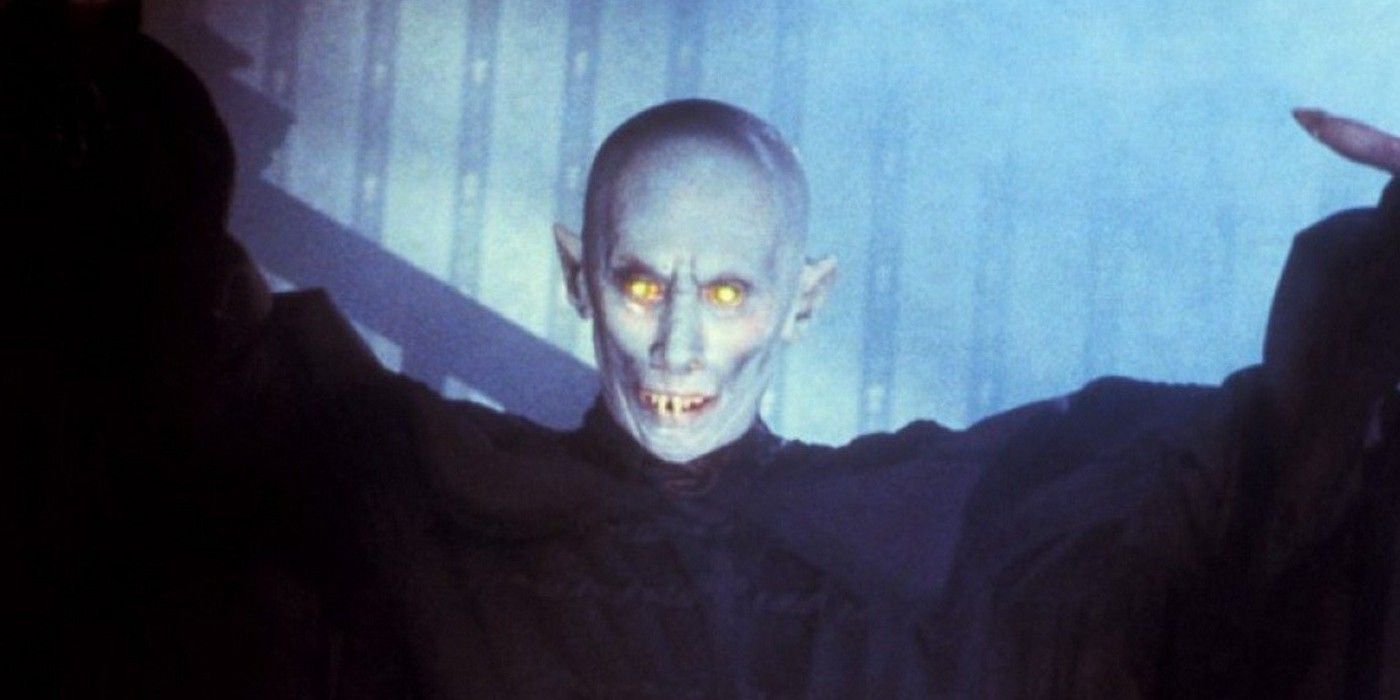In the iconic Stephen King miniseries Salem’s Lot, the main antagonist Kurt Barlow is depicted as an unspeaking, inhuman monster, prompting some genre fans to wonder why the horror adaptation went with such an unusual spin on the familiar vampire myth. Adapted from the bestselling novel of the same name, 1978’s Salem’s Lot was a phenomenally popular and influential horror miniseries from director Tobe Hooper. The Stephen King adaptation told the tale of the titular small town, an idyllic burg that is overrun by supernatural threats shortly after the arrival of a mysterious antique dealer.
Soon to be remade, Salem’s Lot was a well-loved novel that became an iconic piece of vampire fiction thanks to Hooper’s acclaimed adaptation. However, not everything about the Salem’s Lot miniseries stuck to the story established in King’s novel. For one thing, the miniseries depicted the head vampire as a wordless animalistic monster rather than the erudite, charismatic bloodsucker audiences expected at the time.
The reason for this switch didn’t come from King or Hooper, but rather another creative force on the Salem’s Lot miniseries who had strong feelings about how certain sorts of vampires would play to a ‘70s audience. The choice was made (after the first draft of the script) by producer Richard Kobritz. Much like It’s miniseries reimagined Pennywise’s final form, Kobritz’s take on Barlow was borne out of a desire to distance the monster from both the then-familiar suave, seductive vampire stereotype and the increasingly popular “speaking-in-tongues” possessed/demonic figure. In an interview with the producer, Kobritz explained: “When he's killed at the end, he obviously emits sounds, but it's not even a full line of dialogue, in contrast to the book and the first draft of the screenplay. I just thought it would be suicidal on our part to have a vampire that talks.”
The producer went on to outline the double bind that the creators were stuck in when it came to depicting a talking vampire in the ‘70s. The classic Bela Lugosi voice, parodied to death by then, would have prompted gales of unintentional laughter, whereas going for something closer to The Exorcist’s hoarse, possessed protagonist Regan McNeil would have left the villain’s lines indecipherable. As such, the Midnight Mass-influencing Stephen King adaptation went with a version of vampires that has now been popular for decades but was innovative at the time.
Barlow was, despite his unassuming name, an inhuman figure that acted more like a movie monster than the tragic figure of the classic vampire. Driven by instinct, he was a growling menace that barely bore any resemblance to his human origins. This terrifying version of vampirism went on to reshape how the bloodsuckers were depicted onscreen, resulting in Salem’s Lot inspiring a string of more monstrous and inhuman vampires after the mute monster Barlow scarred a generation of Stephen King fans.


